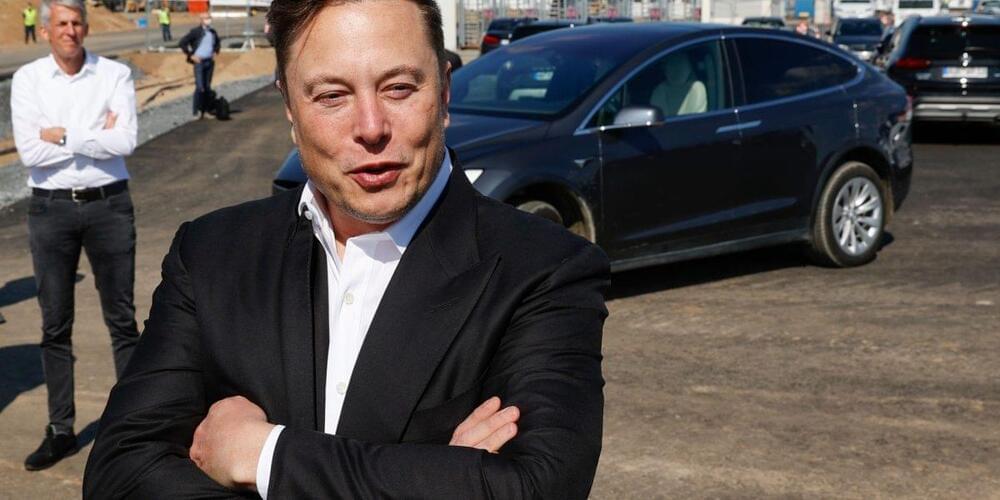FOX Business’ Lauren Simonetti details a breakthrough finding in the medical community revealing how artificial intelligence can help detect silent seizures.



SpaceX knocked out yet another Falcon 9 launch overnight but is prepping for liftoff of its powerhouse Falcon Heavy from the Space Coast as early as Sunday.
A Falcon 9 lifted off from Cape Canaveral Space Force Station at 12:07 a.m. carrying another 23 Starlink satellites to orbit.
The first-stage booster flew for the ninth time with a recovery landing on the droneship Just Read the Instructions stationed downrange in the Atlantic.
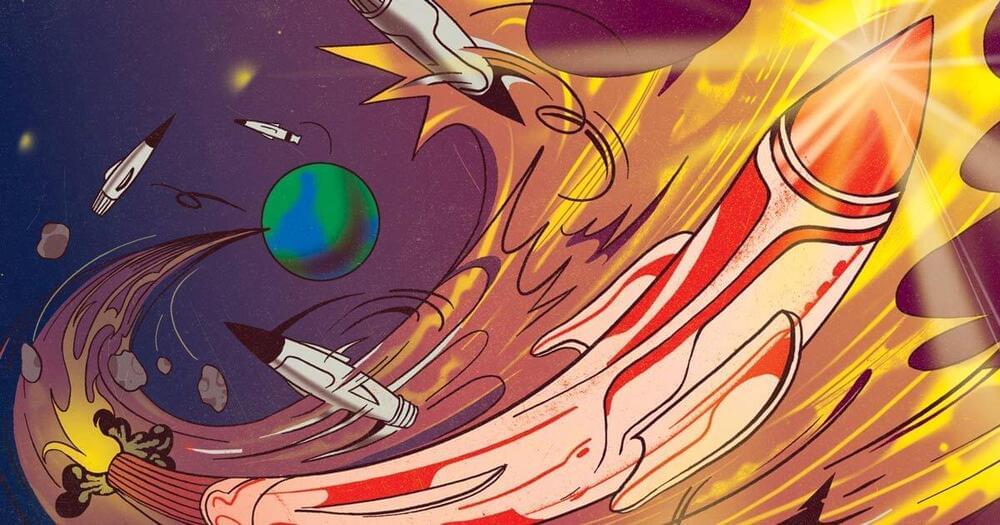
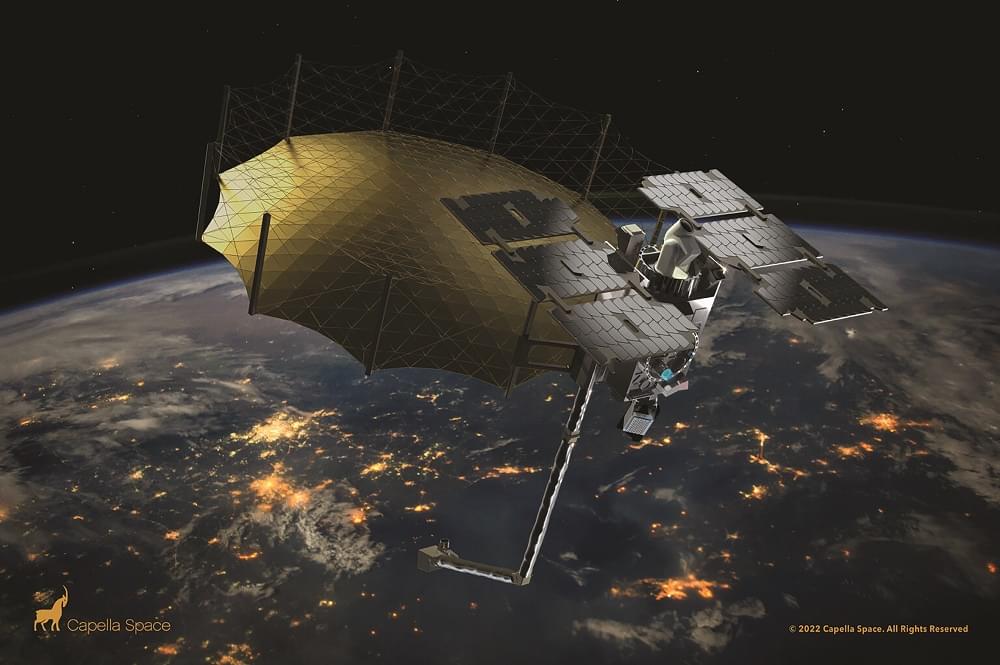
WASHINGTON — Capella Space will launch two radar imaging satellites on SpaceX rideshare missions after an Electron launch failure disrupted its deployment plans.
Capella announced Dec. 5 that it had arranged to fly two of its Acadia satellites on SpaceX rideshare missions in the first half of 2024. Acadia-4 will fly on the Bandwagon-1 mission as soon as April 2024 while Acadia-5 will launch on Transporter-11 no earlier than June 2024. The Transporter-11 mission was arranged through launch services company Exolaunch.
Capella said in a statement that the arrangements allow for a diversity of orbits for its spacecraft. Bandwagon-1 is the first of a new line of dedicated rideshare missions that SpaceX announced earlier this year that will go to mid-inclination orbits, rather than sun-synchronous orbits accessed by Transporter missions.
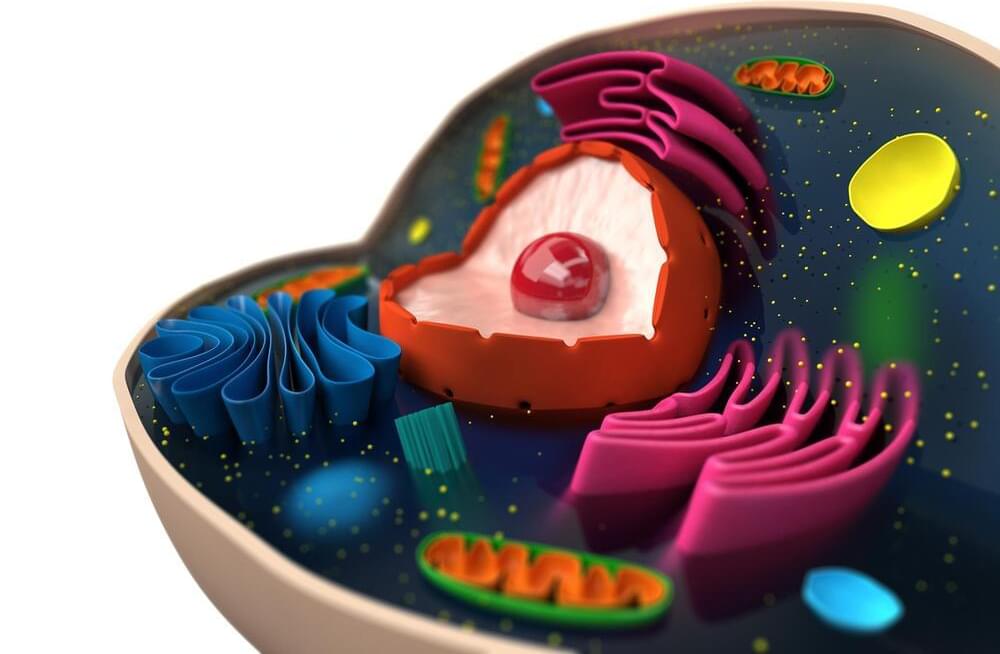
An MIT study suggests 3D folding of the genome is key to cells’ ability to store and pass on “memories” of which genes they should express.
Every cell in the human body contains the same genetic instructions, encoded in its DNA. However, out of about 30,000 genes, each cell expresses only those genes that it needs to become a nerve cell, immune cell, or any of the other hundreds of cell types in the body.
Each cell’s fate is largely determined by chemical modifications to the proteins that decorate its DNA; these modification in turn control which genes get turned on or off. When cells copy their DNA to divide, however, they lose half of these modifications, leaving the question: How do cells maintain the memory of what kind of cell they are supposed to be?
A new MIT study proposes a theoretical model that helps explain how these memories are passed from generation to generation when cells divide. The research team suggests that within each cell’s nucleus, the 3D folding of its genome determines which parts of the genome will be marked by these chemical modifications. After a cell copies its DNA, the marks are partially lost, but the 3D folding allows the cell to easily restore the chemical marks needed to maintain its identity. And each time a cell divides, chemical marks allow a cell to restore its 3D folding of its genome. This way, by juggling the memory between 3D folding and the marks, the memory can be preserved over hundreds of cell divisions.
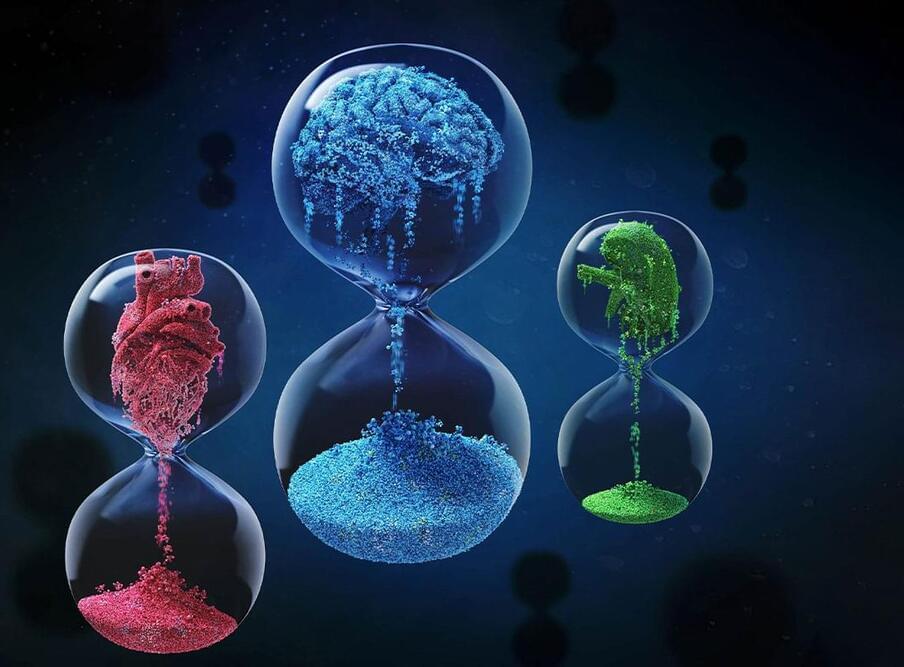
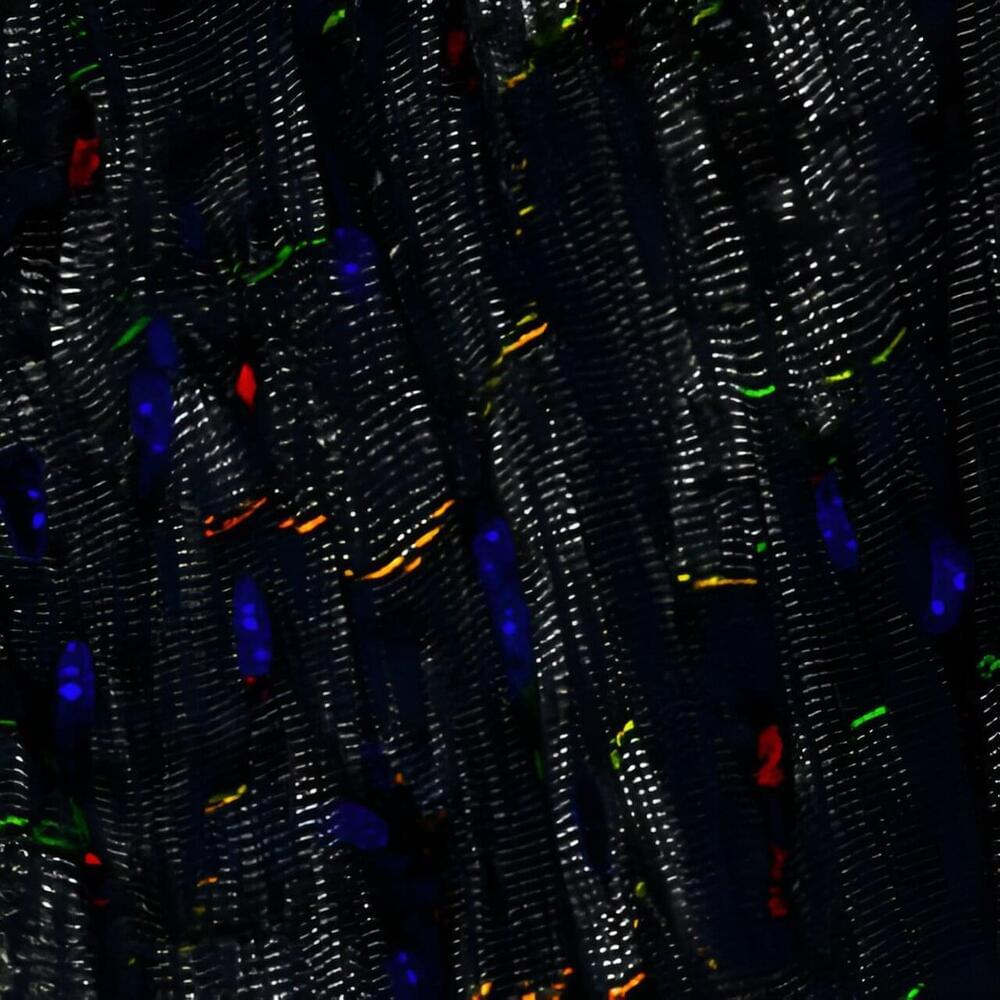
Researchers at the Hubrecht Institute have laid the foundation for the development of a gene therapy for the genetic heart disease arrhythmogenic cardiomyopathy (ACM). Their approach, based on replacement of the PKP2 gene, led to significant structural and functional improvements in laboratory models of the disease.
The study by the group of Eva van Rooij was published on 7 December 2023 in Nature Cardiovascular Research. Multiple clinical trials will start in 2024 in the United States to explore the clinical potential of this approach in ACM patients with PKP2 mutations.
ACM is a genetic heart disease that affects 1 in 2,000 to 1 in 5,000 people worldwide. It is characterized by arrhythmias and can lead to sudden cardiac arrest. Current treatment of the disease usually consists of antiarrhythmic drugs and implantable cardioverter-defibrillators (ICDs), which are focused solely on treating the symptoms rather than targeting the root of the problem.
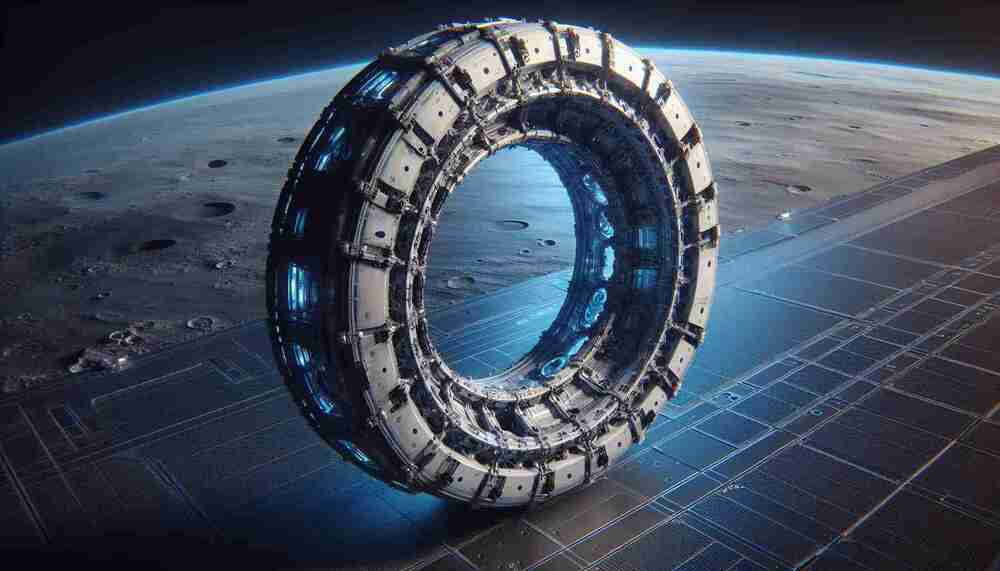
Summary: Blue Origin, the aerospace manufacturer and spaceflight services company founded by Jeff Bezos, recently introduced its innovative spacecraft platform named Blue Ring. This announcement marks a significant milestone in Blue Origin’s endeavor to offer flexible and scalable solutions for a variety of space missions. Blue Ring aims to provide a standardized yet customizable foundation for diverse payloads, scientific missions, and potential crewed flights, representing a leap forward in space technology and exploration.
Introduction The space industry has been undergoing a radical transformation with private companies like Blue Origin at the forefront of pioneering advanced technologies and offering new opportunities for space exploration and utilization. The introduction of Blue Ring is a testament to the company’s commitment to innovation and its vision of enabling a future where millions of people are living and working in space.
The Blue Ring Platform: A Game-Changer for Space Exploration The Blue Ring platform is designed to be a multifaceted system capable of supporting various space missions. Its versatility comes from the ability to host multiple payloads and configurations, catering to a range of objectives from scientific research to commercial enterprises. The concept emphasizes scalability, where the platform can be adapted to different sizes and mission requirements without the need for extensive redesign.

Wednesday night, SpaceX announced Starlink high-speed internet is now available in Honduras, expanding its sizable service footprint across the Western Hemisphere.
Hours later, SpaceX launched a Falcon 9 rocket carrying 23 more Starlink satellites into low-Earth orbit from Cape Canaveral Space Force Station.
The late-night Falcon 9 soared off Launch Complex 40 at 12:07 a.m. EST Thursday, extending the ongoing record of annual orbital launches from the Space Coast to 68 — with another 24 days remaining in December.
